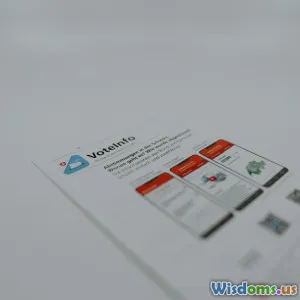
How Micro Influencers Help Startups Boost Brand Awareness Fast
30 min read How micro influencers accelerate startup brand awareness with niche reach, authentic content, and cost-efficient campaigns—plus benchmarks, budgets, and repeatable outreach and measurement playbooks. (0 Reviews)
You don’t need a Super Bowl ad to get your startup on people’s lips. You need a chorus of believable voices saying your name in the right places, at the right time. That’s the power of micro influencers—creators with intimate, highly engaged audiences who move faster, cost less, and spark measurable awareness far beyond what your early ad dollars can buy.
Below is a practical, founder-friendly playbook for using micro influencers to build brand awareness quickly, without wasting budget or burning relationships.
What Are Micro Influencers and Why They Matter
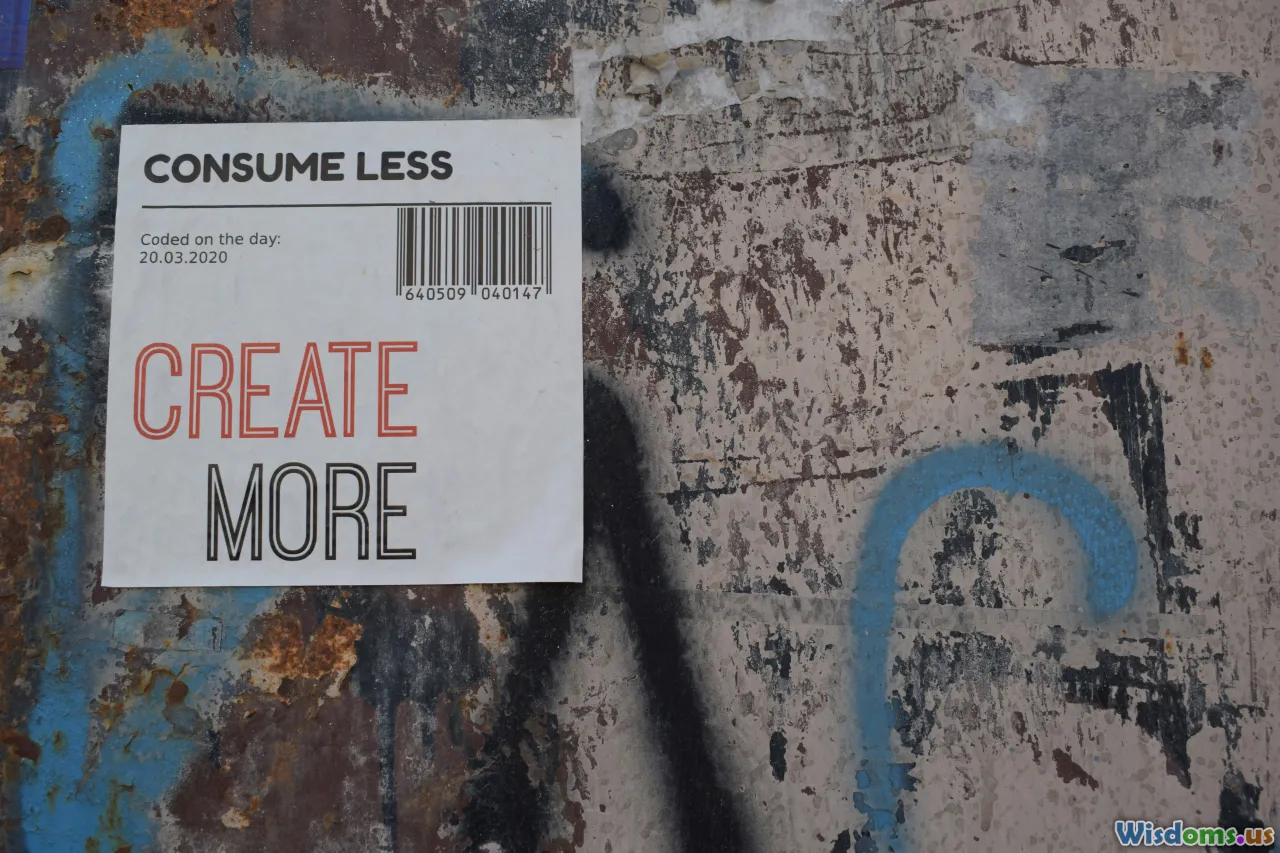
Micro influencers typically have 5,000 to 100,000 followers, though definitions vary by platform. The point isn’t the follower count—it’s the intensity of the connection. Their audiences treat them like trusted peers, not distant celebrities.
Why this matters for startups:
- Efficiency: Industry benchmarks often show micro influencers delivering higher engagement rates—commonly 3–6% on Instagram and 8–12% on TikTok—compared to 1–2% for macro accounts. More engagement per dollar typically means more awareness per dollar.
- Speed to signal: These creators post frequently, respond to DMs, and iterate fast. If your brand sparks with one creator, you can compound the effect by onboarding similar creators quickly.
- Context over reach: Awareness is not just “how many people saw it,” but “who saw it and why it stuck.” Micro influencers excel at niche context: pet lovers, indie gamers, sustainable fashion, biotech learners, you name it.
- Authenticity at scale: Audiences reward candor and dismiss scripts. Micro creators can integrate your product naturally into routines, day-in-the-life clips, and tutorials without feeling like ads.
Example: A vegan snack startup targets gym-goers with 20 fitness micro influencers. Each publishes a “post-workout snack” reel featuring the product, tagging local gyms. The combined effect—comments, DMs, shares, and in-gym chatter—can outpace a single macro post by orders of magnitude in on-the-ground awareness.
The Startup Advantage: Speed, Scrappiness, and Signal

Startups need signal fast: what messaging resonates, which features matter, which use cases land. Micro influencers are a rapid feedback loop.
- Test messaging in the wild: Run three angles in parallel—convenience, cost savings, and social proof—to see which drives more watch time or comments. Within 7–10 days, you’ll know which story hooks.
- Quick pivots: Found a winning angle? Feed it back to subsequent creators with examples and language that worked. You’re effectively using creators as a distributed A/B test engine.
- Scrappy compounding: A single well-performing UGC-style video can be edited into 10 platform-native assets, then reposted by other creators with minor tweaks. This compounds reach while staying fresh.
Fact to remember: In early stages, the cost of delay is higher than the cost of a few imperfect tests. Done beats perfect, especially where trend cycles last days, not months.
Where to Find the Right Micro Influencers

Discovery should be systematic, not random scrolling. Use this three-layer approach:
- Native platform search
- Instagram: Search niche hashtags (#morningroutine, #cleanbeauty, #homeoffice). Check “Top” and “Recent,” then dive into commenters who leave thoughtful feedback.
- TikTok: Explore keyword-driven content (e.g., “meal prep beginner”), filter for recency and completion rates (watch for high view-to-like ratios).
- YouTube: Look for mid-length review videos (5–12 minutes) in your category; creators who educate get higher trust.
- Reddit and Discord: Identify community leaders who frequently post walkthroughs and answer questions.
- Tools
- SaaS discovery: Modash, HypeAuditor, Upfluence, Traackr for audience quality, fake follower detection, and historical performance.
- Social listening: Brand24, Mention, or native Twitter/X search to find people already discussing adjacent topics.
- First-party signals
- Customer surveys: Ask “Which creators do you watch about [topic]?” Offer a small credit for responses.
- Post-purchase field: Add a checkout field: “Which creator or channel influenced you?” to capture ongoing discovery data.
Pro tip: Build a simple scorecard with weightings—Audience-fit (40%), Engagement quality (30%), Content quality (20%), Brand safety (10%). A score out of 100 helps you compare quickly and reduces bias.
Vet Before You Bet: Quality Checks That Save Budget

Not all micro influencers are equal. Before you spend a dollar, run this checklist:
- Audience authenticity: Use tools to estimate fake followers. A red flag is a sudden follower spike without corresponding engagement.
- Comment quality: Look for specific, non-generic comments (“How did you set up the filter?” beats “Nice!”). This signals real attention.
- Content consistency: Do they post your content category at least 30–50% of the time? Relevance drives relevance.
- Brand alignment: Scan for past posts that conflict with your values (e.g., sustainability claims vs. prior fast-fashion promos).
- Performance stability: Review 10–20 recent posts. Are views and likes within a predictable band? Extreme volatility can complicate forecasting.
- Geography match: Check the audience location split. If your e-commerce ships only in the U.S., but 70% of their followers are elsewhere, awareness may not translate to near-term sales.
Quick diagnostic metrics:
- Healthy like-to-follower ratio (0.5–3% depending on platform and format)
- Saves/shares rate above 0.2–1% indicates content worth passing along
- Story view-to-follower ratio of 2–10% for Instagram can be strong for micro accounts
Outreach That Gets Replies

Creators get pitched constantly. Your goal is to be clear, respectful, and easy to say yes to.
Email subject lines that work:
- “Loved your [video title]—idea for your audience about [benefit].”
- “Quick collab: free [product] + paid test if it resonates.”
DM or email template:
Hi [Name],
I enjoyed your post on [specific topic]. I’m building [1-line startup description] that helps [audience] [clear benefit]. I think your followers would find [specific angle] genuinely useful.
Would you be open to testing:
- A gifted [product/service] + $[X] for a single deliverable, or
- A simple affiliate link (15% commission) + product, whichever you prefer?
We’ll provide a short brief with talking points but keep your voice and creative control. If the first post resonates, we’d love to set up a recurring slot.
Thanks for considering—happy to share samples and data points. [Your name]
Tips:
- Personalize the first two lines with specifics. It shows respect and increases reply rates.
- Include two clear options (gifted + flat fee, or affiliate). Choice reduces friction.
- Promise creative control. Micro creators depend on authenticity to retain their audience.
Collaboration Models and Realistic Costs
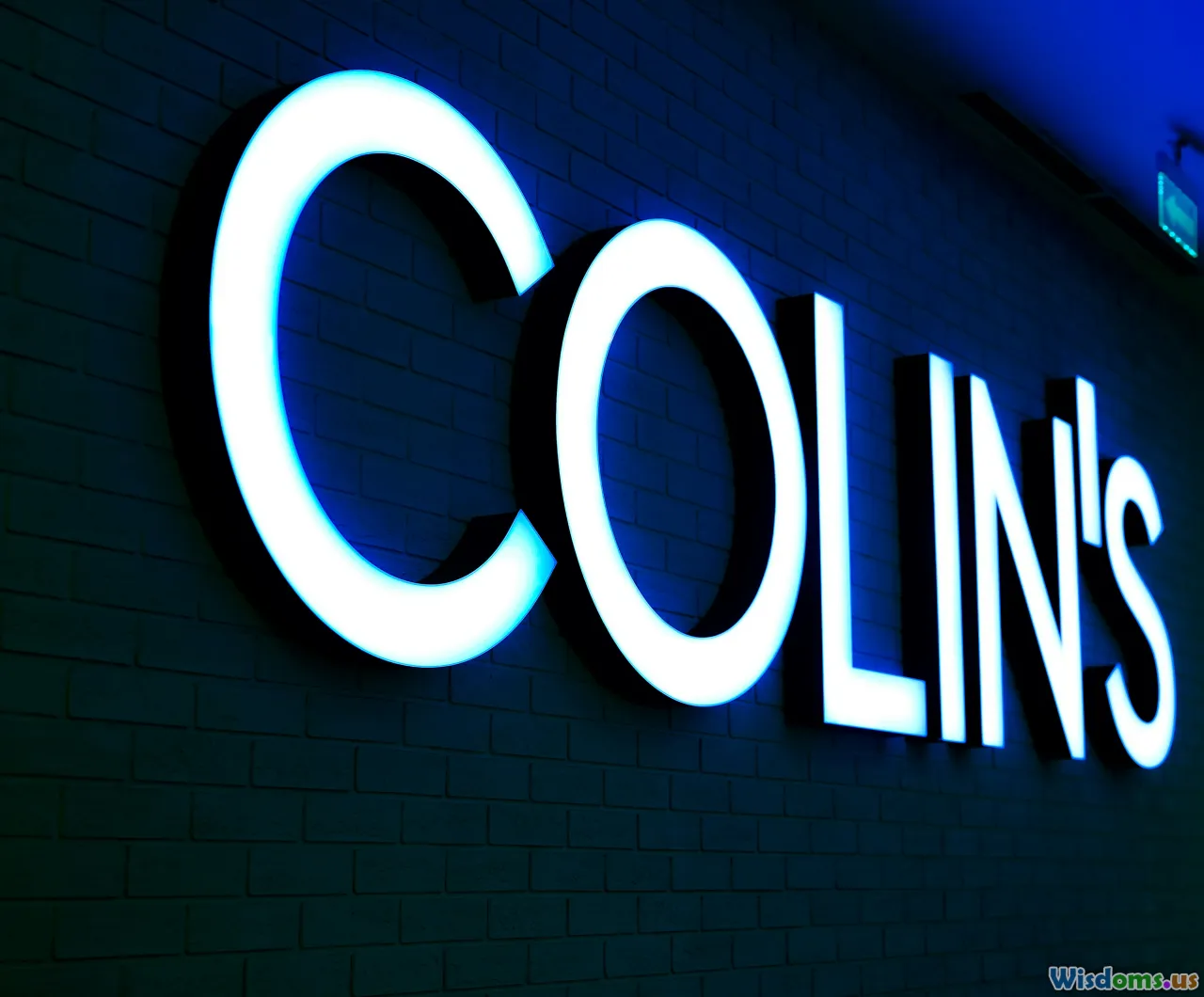
Pricing varies by niche, region, and deliverables, but here are realistic ranges for micro influencers (as of recent industry benchmarks):
- Instagram feed post: $100–$500 for 10k–50k followers; reels can run higher ($200–$1,000) due to reach potential.
- TikTok short: $150–$1,500 depending on average views; creators often quote based on typical view count rather than follower count.
- YouTube integration: $500–$3,000 for a 60–120-second mid-roll in a video that averages 5–50k views.
- Story sets: $50–$300 for 3–5 frames, especially effective for swipe-ups/links.
- Affiliate-only: 10–30% commission; convert best in niches with strong purchase intent.
Other structures:
- Product seeding: Gift product, no guaranteed post. Good for discovery when budgets are tight. Expect 15–40% post rate if product-market fit is strong and ask is clear.
- Hybrid: Smaller flat fee + affiliate commission. Aligns incentives and limits downside.
- Whitelisting/allowlisting: Pay to use the creator’s handle in paid ads. Often an additional 20–50% of the base fee plus ad spend.
Benchmarks to sanity-check quotes:
- Effective CPM (cost per thousand impressions) for organic influencer content typically ranges from $5–$25 for micro creators. If a quote implies $80 CPM with uncertain reach, negotiate or test a smaller deliverable.
Crafting a Brief They’ll Actually Use

A great brief respects the creator’s voice while guiding outcomes.
Include:
- Purpose: “We’re driving awareness for [audience] around [problem/benefit]. Success = [metric], e.g., 30k qualified views + 100 profile visits.”
- Must-say: Brand name, one-sentence value prop, one proof point (award, customer stat), and clear call-to-action (follow, comment, visit link).
- Guardrails: Claims to avoid, compliance notes (#ad, #sponsored), brand safety topics.
- Examples: 2–3 references of formats that worked (not scripts). Provide hooks: “I stopped wasting money on [problem] when I tried this…”
- Assets: Logos, product photos, product usage notes.
- Deadline and review process: Keep revisions to one pass, 48-hour turnaround.
Do vs. don’t:
- Do provide talking points, not a script.
- Do ask for one “save/share” moment (tip, checklist, before/after).
- Don’t overload with brand jargon.
- Don’t request more than one content round for a micro deal unless you pay extra.
Legal and Ethical Must-Knows

Compliance builds trust and protects your brand.
- Disclosures: In the U.S., the FTC requires clear disclosure of material connections (#ad, #sponsored, “Paid partnership with [Brand]”). In the U.K., follow ASA/CAP guidance. Many EU countries have similar rules via local authorities.
- Claims: Substantiation is required for quantitative claims (“reduces wrinkles by 30%”). Keep evidence on file.
- Usage rights: The creator owns the content unless your contract assigns or licenses it. If you want to repurpose in ads, negotiate paid usage rights and duration (e.g., 6 months paid social whitelisting).
- Exclusivity: Narrow it. “No direct competitors in [category] for 30 days” is reasonable; broader terms require higher fees.
- Payment terms: Pay within 14–30 days. Creators talk; reputations spread fast.
Key contract clauses:
- Deliverables, deadlines, compensation
- Disclosure and compliance responsibilities
- Content approval and revision limits
- Usage rights (organic repost vs. paid ads)
- Morals clause (for severe misconduct, as a last resort and with clear terms)
Measurement That Matters: From Vanity to Value
Vanity metrics hide reality. Design metrics tied to awareness and momentum.
Core awareness metrics:
- Reach and unique viewers: Count by platform; look for concentration in target geos.
- View quality: Completion rate for short-form; average watch time for mid-form; CTR on link stickers for stories.
- Engagement depth: Saves, shares, and comments asking product questions signal stronger awareness than likes.
Attribution tactics:
- UTMs for every creator link (e.g., utm_source=tiktok&utm_medium=influencer&utm_campaign=CreatorName).
- Unique discount codes: Good for directional comparisons (remember many will buy later without using codes).
- Post-purchase surveys: “How did you hear about us?” with creator/channel options; expect this to capture 20–40% of influence that links miss.
Directional ROI math for awareness:
- Cost per engaged view = Spend / (Views × engagement threshold). For example, $600 / (40,000 views × 10% engagement) = $0.15 per engaged view.
- Blended CPM = Spend / (Impressions/1,000). Compare to paid social CPMs in your niche.
- Multi-touch lift: Track branded search volume, direct traffic, and social mentions pre- and post-campaign.
Playbooks by Platform

Different platforms, different muscles.
- Best for: Visual brands, lifestyle, local businesses, DTC. Stories drive quick actions; Reels drive discovery.
- Tactics: Reels with a strong hook, carousels with “saveable” tips, story polls to spark interaction. Use collab posts to boost reach.
- Watch for: Over-filtered content that feels inauthentic; ensure clear disclosure in captions or stickers.
TikTok
- Best for: Fast discovery, trend-based narratives, behind-the-scenes.
- Tactics: 3–7 second hook, pattern interrupts, text overlays. Encourage creators to stitch/duet customer clips. Aim for 2–3 iterations of a winning format.
- Watch for: Sound licensing issues; creators should use platform-safe audio.
YouTube
- Best for: Deeper trust, education, reviews. Long tail awareness persists via search.
- Tactics: Mid-roll integrations (60–120 seconds), chapters for usability, pinned comment with link. Optimize titles for search (“[Product] review after 30 days”).
- Watch for: Lower posting frequency; plan lead times.
X (Twitter)
- Best for: B2B, tech, crypto, developer tools, newsy categories.
- Tactics: Thread integrations, short explainer clips, Spaces co-hosting. Track link clicks and follows.
- Watch for: Polarization; ensure creators’ posting history aligns with your brand safety threshold.
- Best for: B2B, HR tech, professional services.
- Tactics: Creator-led case snapshots, carousel posts, short founder interviews. Offer clear downloads or waitlists.
- Watch for: Algorithm favors comments and saves; ask a question to prompt discussion.
Twitch
- Best for: Gaming, peripherals, technical hardware, creator economy tools.
- Tactics: Live demos, giveaways, chat commands with link, sponsored panels. Measure concurrent viewers and chat velocity.
- Watch for: Long streams; negotiate guaranteed mentions and pinned commands.
Content That Converts Awareness: Creative Angles

Proven angles for micro creators that translate to sticky awareness:
- Before/after: Visible transformation or workflow improvement. “My inbox before vs. after this AI triage tool.”
- Day-in-the-life: Integrates product naturally. “What I actually use every morning to keep glucose stable.”
- Myth-busting: Tackle common misconceptions, underscoring your differentiator.
- Challenge/series: “7-day no-takeout challenge with this meal kit.”
- Social proof montage: Quick cuts of testimonials or screenshots (obscure sensitive info) to validate claims.
- Unboxing + setup: Show frictionless onboarding; audiences remember ease.
Execution tips:
- Hook in the first 2–3 seconds on short-form; for YouTube, preview the payoff within 20 seconds.
- Add one unexpected detail (a stat, a visual gag, a surprising use case) to boost retention.
- Ensure an invitation to engage that feels organic: “Comment ‘guide’ if you want my checklist.”
Product Seeding vs. Paid: When to Use Each

Product seeding
- Use when: Budgets are tight; product is delightful or novel; you want fast learnings.
- Expectations: 15–40% post rate if fit is strong. Don’t demand deliverables for gifts; you can ask, not require.
- Best practice: Include a short note, why it fits their audience, and how to request more info.
Paid collaborations
- Use when: You need guaranteed timelines and content; you’ve validated messaging; you require specific deliverables.
- Expectations: Higher control, clearer metrics, and planned cadence.
Hybrid approach:
- Seed to 100 micro creators. Identify the 20 who post organically and resonate. Offer paid follow-ups to the top 10 for structured awareness pushes.
A 90-Day Launch Plan
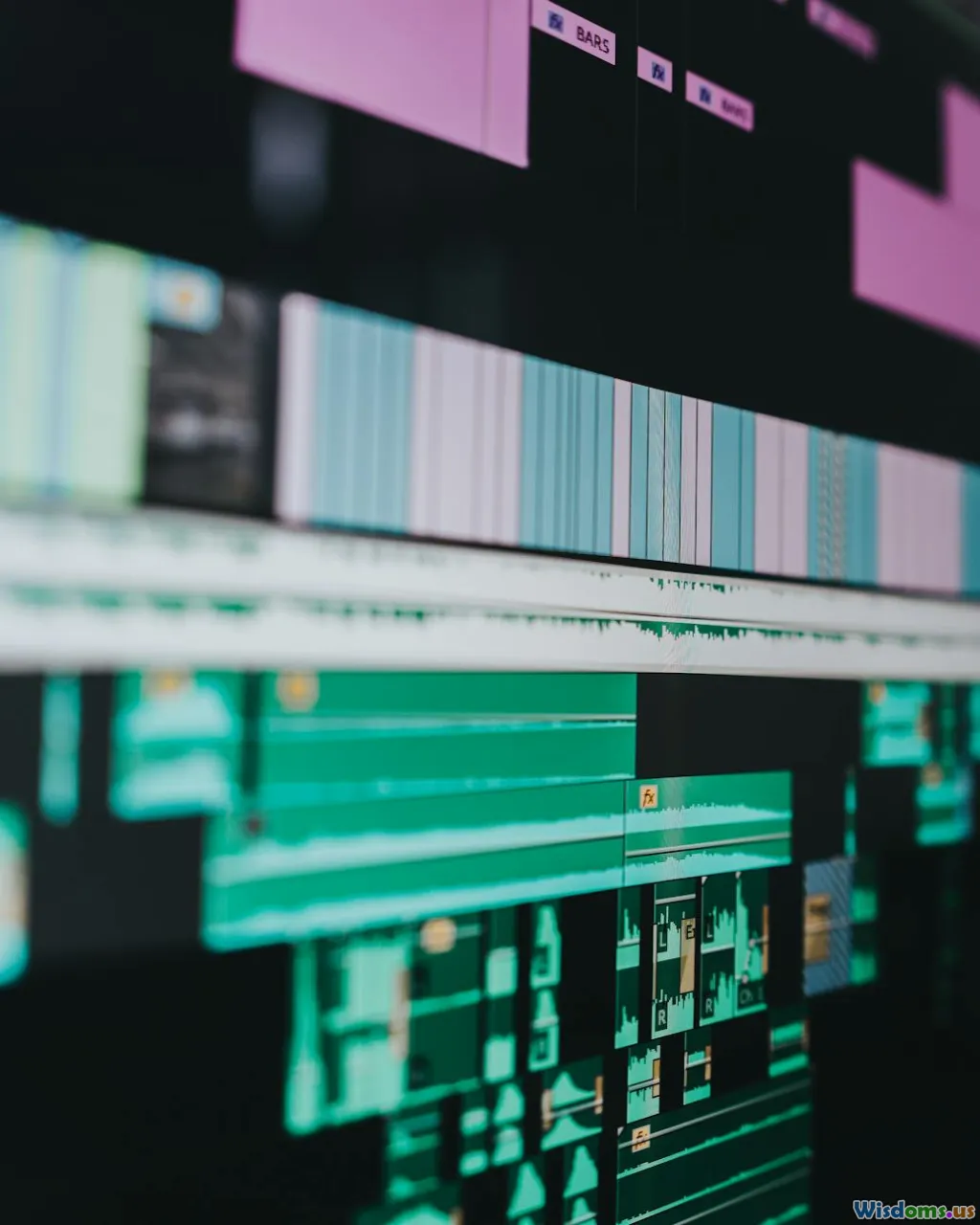
Day 1–7: Setup
- Define audience, value prop, and one core story.
- Build scorecard, tracking (UTMs), simple CRM (Airtable/Notion), and a contract template.
- Identify 200 prospects across 2–3 platforms; tag by niche.
Day 8–21: Seeding and first paid tests
- Seed 50–100 creators with product and a friendly note.
- Run 10–15 small paid tests ($100–$400 each) across different formats and hooks.
- Measure view quality, saves/shares, comments, and creator responsiveness.
Day 22–45: Double down on winners
- Select 10 creators with top engagement depth and audience fit.
- Offer 2–3 post packages over 2–4 weeks; add a story sequence with link.
- Start allowlisting with top 3 creators: run their creatives as paid ads to amplify reach.
Day 46–70: Systematize
- Document best hooks, angles, and creative formats.
- Create a monthly creator calendar: key dates, product drops, and themes.
- Introduce small giveaways or challenges to boost shares.
Day 71–90: Scale and refine
- Expand to 30–50 creators using the refined brief.
- Launch a referral program where creators earn bonus fees for referring peers who perform.
- Run a light brand lift survey to measure aided/unaided awareness among your target.
Budget Scenarios and ROI Math

Scenario A: Bootstrapped ($2,500/month)
- Mix: Seed 75 creators; 8 paid tests at $150–$250; light allowlisting ($300).
- Expected reach: 100k–300k impressions if average CPM lands between $8–$20.
- Goal: Identify 5 creators to anchor monthly awareness, establish 2 winning hooks.
Scenario B: Seed-funded ($10,000/month)
- Mix: 20–30 paid collaborations ($200–$500), 150 seeds, allowlisting ($2,000–$3,000).
- Expected reach: 600k–1.5M impressions; more stable frequency.
- Goal: Always-on drumbeat with weekly creator content and 2–3 high-performing ads.
Scenario C: Aggressive growth ($30,000+/month)
- Mix: 50–100 paid partners, 300+ seeds, cross-platform, strong allowlisting, and 1–2 YouTube integrations weekly.
- Expected reach: 3–8M impressions; strong search and social lift.
- Goal: Category presence, consistent branded search growth, and PR tie-ins.
Simple ROI lens for awareness:
- True awareness ROI emerges across channels: rising branded search, direct traffic, social mentions, and organic creator interest.
- Build a moving average of cost per engaged minute (Spend / total watch minutes × engagement threshold). Compare to your paid media benchmarks.
Smart Scaling: From 10 to 1,000 Partners
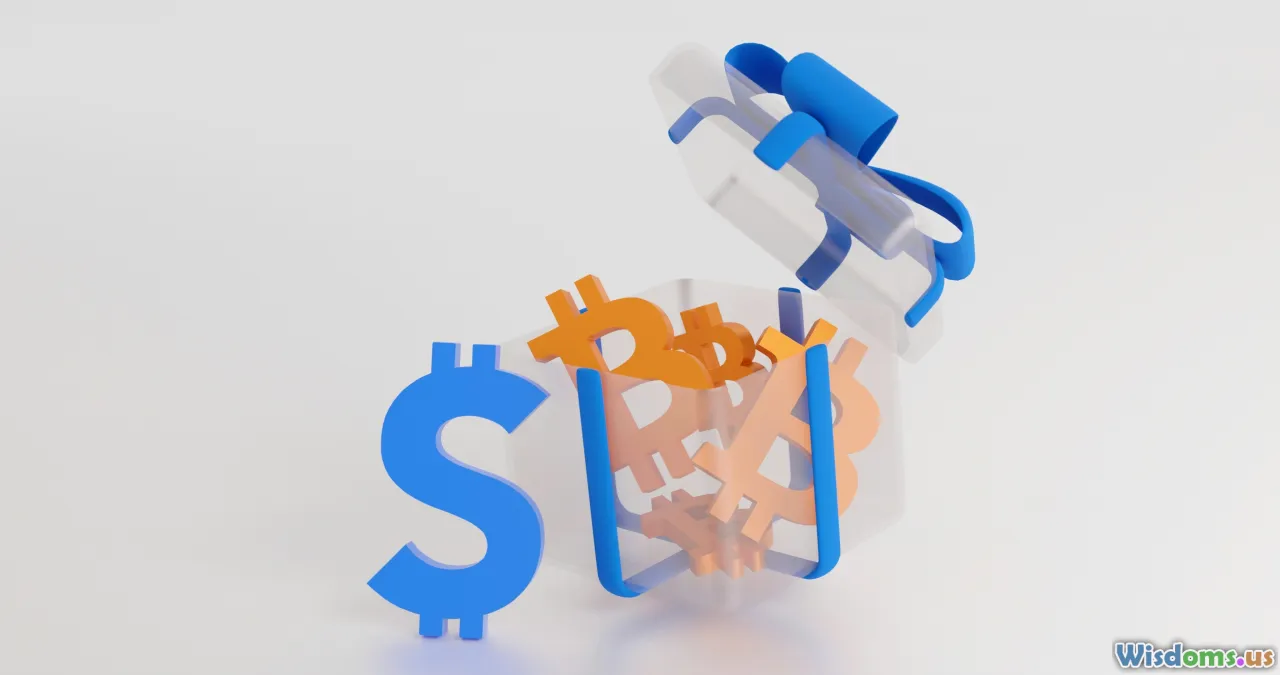
Systems beat heroics.
- CRM: Track creators in Airtable/Notion with fields for platform, niche, audience geo, average views, rates, past results, and notes.
- Templates: Outreach, contracts, briefs, and reporting layouts. Save 80% of your time.
- Creative library: Catalog winning hooks and clips by theme; make it searchable.
- Payment ops: Use tools like Bill.com, Wise, or platform-native tools. Automate W-9/W-8 collection in the U.S.
- Batch cycles: Run monthly waves. Week 1 recruit, Week 2–3 production, Week 4 measure and refine.
Automation ideas:
- Use Zapier/Make to send new UTM links, update Airtable on post publication via webhooks, and ping Slack when deliverables go live.
- Build a leaderboard to reward top performers with bonuses or early access.
Common Pitfalls and How to Avoid Them
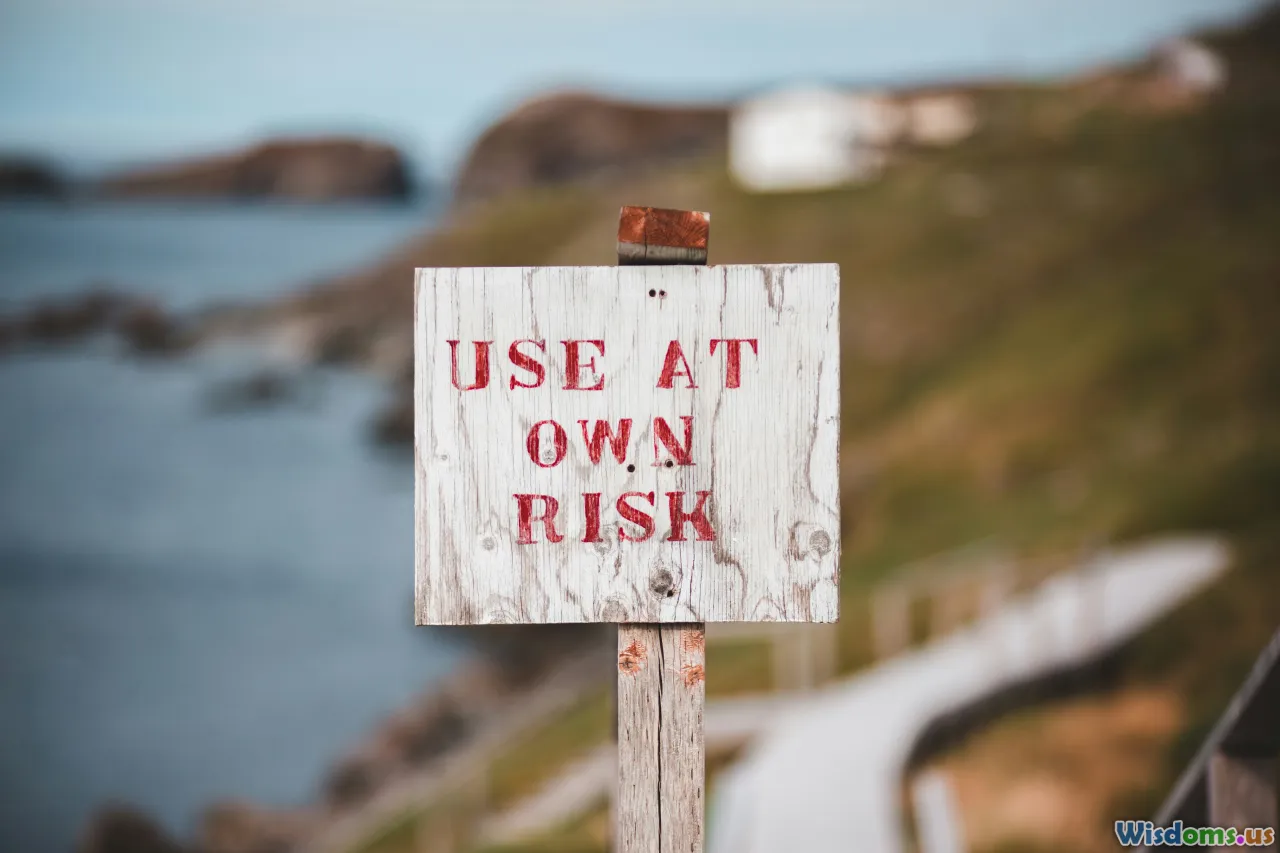
- Overindexing on follower count: A 20k creator with 12% average engagement often beats a 100k creator with 1%.
- Foggy briefs: Vague goals create vague content. Define the one action you want (save, share, follow, visit link).
- One-and-done deals: Frequency builds familiarity. Plan multi-touch sequences.
- Ignoring comments: Respond via brand account. Conversations multiply awareness.
- Late payments: It’s reputation damage, not a cash-flow tactic.
- Over-scripting: You’ll hurt performance. Provide themes, not lines.
- No measurement harmony: Align UTMs, codes, and surveys so you can triangulate.
Mini Case Studies

- Fitness app launch
- Tactic: 30 TikTok micro creators (5–30k followers) did “day 1–7 challenge” shorts with daily check-ins.
- Cost: ~$7,500 across 30 posts + small bonuses.
- Outcome: 1.2M views, 9% average watch-through, 5,000 new IG followers, 17% lift in branded search within two weeks. Awareness converted to early MRR over the next month as those followers explored the app.
- Eco-friendly cleaning DTC
- Tactic: Instagram Reels with kitchen cleanup before/after; seeded 120 creators, 25 posted organically; hired the top 8 for paid packages.
- Cost: ~$6,000 paid + product.
- Outcome: 800k impressions, 4,500 saves (recipe-style tips were a hit), local retailer inquiries. Survey responses showed a 23% increase in brand recall among target households.
- B2B SaaS dev tool
- Tactic: YouTube integrations with micro developer channels (10–60k subs) and X threads explaining a real use case.
- Cost: ~$12,000 for 10 integrations and 5 thread placements.
- Outcome: 150k quality views, 600 newsletter signups, and a doubling of GitHub stars in 30 days. Brand familiarity in dev circles translated into inbound partnership requests.
International and Niche Communities

- Language matters: Encourage creators to caption in local languages; provide localized landing pages.
- Cultural norms: In some markets, hard calls-to-action feel pushy; lean into educational content and social proof.
- Local compliance: Disclosure rules and giveaway laws vary by country. Use local counsel or reputable templates.
- Community-first: In niche forums (knitting, astrophotography, maker communities), deep tutorials beat polished ads.
Example: A productivity startup partners with micro creators in Brazil and Spain. By localizing captions and support pages, they drive 2–3x higher engagement vs. English-only content.
Crisis-Ready: Handling Misfires

Even with careful vetting, misfires happen—a claim is misphrased, a creator faces backlash, or a post underperforms.
- Pre-plan: Include a clause allowing content edits for factual errors and a pause in activity during severe controversies.
- Redirect: If a post is off-message, propose a corrective story or pinned comment with updated info.
- De-escalate: Avoid public shaming; address issues privately first. If a public statement is needed, be factual and brief.
- Learn: Track what failed—hook, timing, format—and update your brief. Not every failure is a red flag; sometimes it’s a format mismatch.
Putting It All Together: A Repeatable System for Fast Awareness

Micro influencers are not a lottery ticket; they’re a system. Find creators who naturally speak to your audience. Test messages quickly. Pay fairly and communicate clearly. Measure what matters and recycle what works. When you treat creators as collaborative partners rather than ad slots, your brand earns not only reach but resonance.
In the early days, your job is to build a memory: what you’re called, what you do, and why someone should care. Micro influencers specialize in building those memories in the language of their communities. Start small, move fast, and let the right voices introduce you to the world.
Entrepreneurship User-Generated Content Social Media Strategy Influencer Marketing Marketing for Entrepreneurs Creator Economy startup marketing micro influencers brand awareness influencer outreach TikTok strategy Instagram marketing B2B marketing affiliate partnerships engagement rate customer acquisition cost
Rate the Post
User Reviews
Other posts in Marketing for Entrepreneurs
Popular Posts















